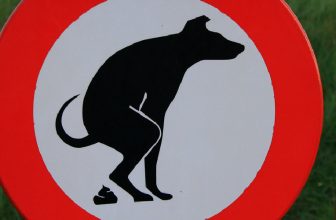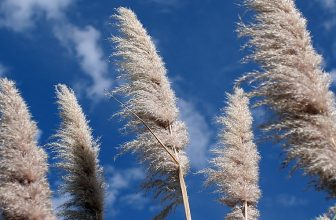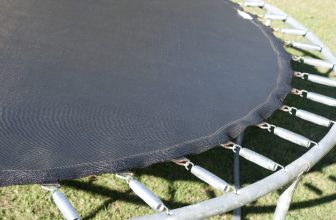How to Regrow Grass After Roundup
If you’ve ever used Roundup to control weeds on your lawn, you may have been disappointed to find that the grass didn’t grow back as well as it did before. While Roundup is an effective weed killer, it can also damage grass plants. If so, you may consider using Roundup to kill the weeds. But what do you do when the Roundup kills all the grass too?
Don’t worry! You can regrow grass after Roundup! You can take techniques on how to regrow grass after roundup and repair damage caused by Roundup. So keep reading to learn more!
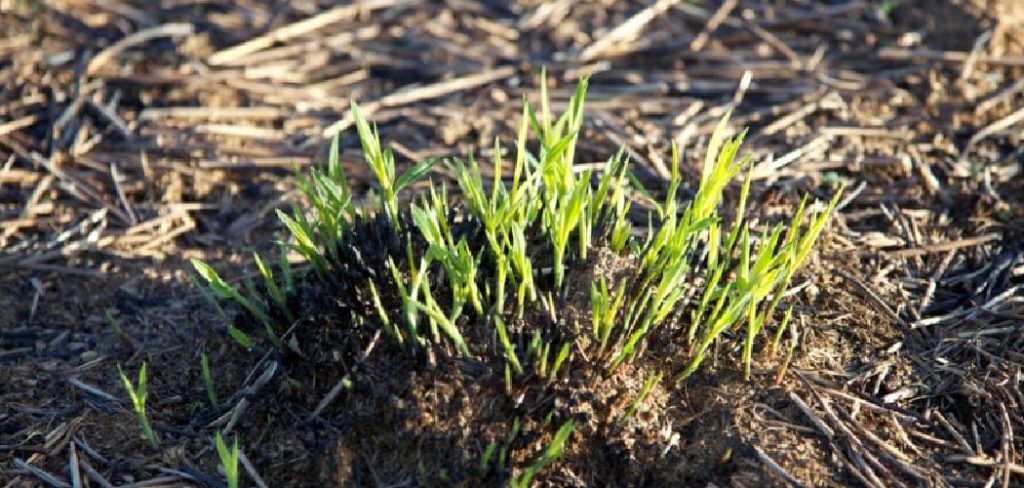
Why Does Roundup Damage Grass Grow?
Roundup is a non-selective herbicide, which means it will kill any plant that it touches. The active ingredient in Roundup, glyphosate, works by interrupting the plant’s ability to produce specific proteins essential for growth. When these proteins can’t be produced, the plant dies.
While Roundup is very effective at killing weeds, it can also damage your lawn if you’re not careful. If Roundup comes into contact with grass, it will kill the grass just like any other plant.
However, all is not lost if Roundup accidentally gets on your grass. It is possible to regrow grass after Roundup has damaged it, but it will take some time and effort.
11 Techniques on How to Regrow Grass After Roundup
There are some essential techniques to remember when trying to regrow grass after using roundup, don’t worry. There are some things you can do to try and regrow the grass.
Technique 1: Wait it out
The first and most crucial step is to wait. Roundup is a non-selective herbicide, meaning it will kill any plant with which it comes in contact. This includes your grass. So, you need to give the Roundup time to work its way out of the soil before you can start trying to regrow your grass. The best way to do this is to wait at least 2-3 weeks after you’ve applied the Roundup before you start trying to regrow your grass.
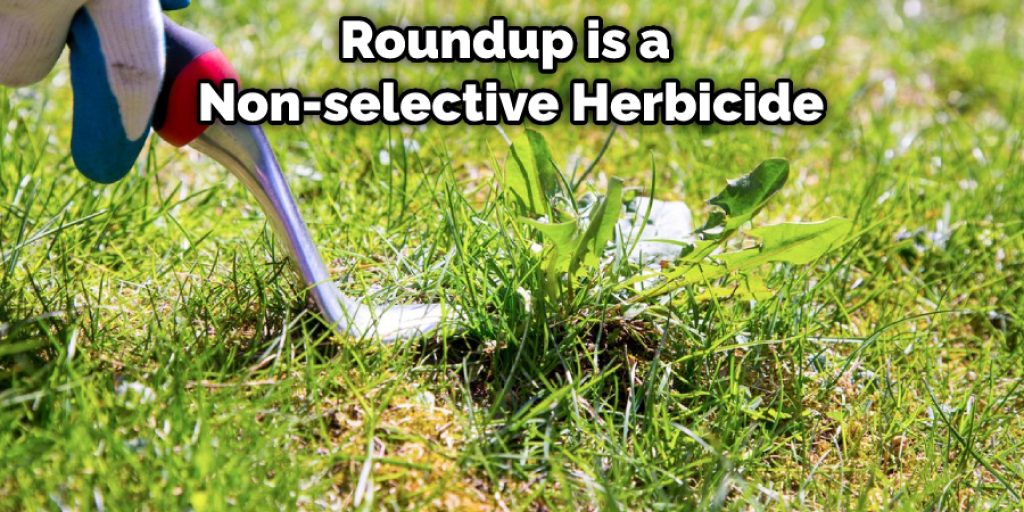
Technique 2: Till the Soil
Tilling the soil is a great way to loosen up and help new grass seeds take root. This will also help to remove any residual Roundup from the soil. But before that, you should wait until the Roundup has had time to work its way out of the soil (see Technique 1). Otherwise, you could end up killing the new grass seeds.
Technique 3: Amend the Soil
If you want your grass to take root, you must ensure the soil is healthy. If you want your grass to take root, you must provide the soil is healthy. This could be in the soil with organic matter. This will improve drainage and fertility, which is essential for healthy grass.
Technique 4: Reseed the Area
Once you’ve amended the soil, you’re ready to reseed the area. Be sure to use a good quality grass seed suited for your climate. You’ll also want to make sure that you seed the area thickly. This will help to ensure that there are enough grass seeds that take root and grow. Don’t worry; you can always thin the grass once it has grown.
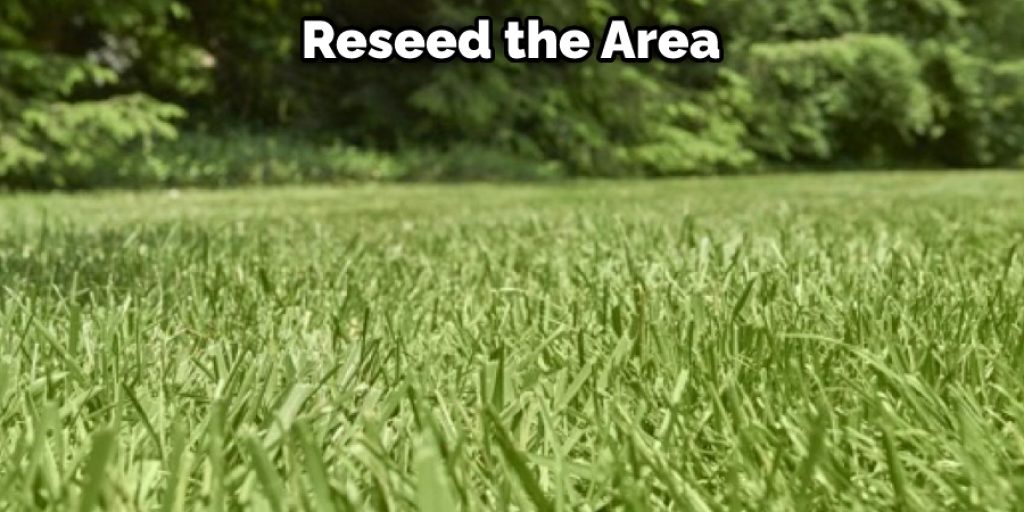
Technique 5: Water Regularly
Once you’ve seeded the area, keeping the soil moist is important. This means watering regularly, especially during the first few weeks after seeding. You don’t want the soil to dry out, which can cause the grass seeds to die. A good rule of thumb is to water twice daily, for about 15 minutes.
Technique 6: Fertilize
Fertilizing your newly seeded lawn will help it to grow thick and healthy. Look for nitrogen fertilizer that will help the grass grow quickly. You’ll want to apply the fertilizer according to the package directions. You can go for organic or synthetic fertilizer; both will work fine. But remember, you should wait until the grass is established before you fertilize (see Technique 7).
Technique 7: Mow Properly
It’s essential to mow correctly. For grasses, this is around 2-3 inches. Mowing any shorter than this can damage the grass and make it susceptible to disease. So carefully follow the recommended height for your grass species.
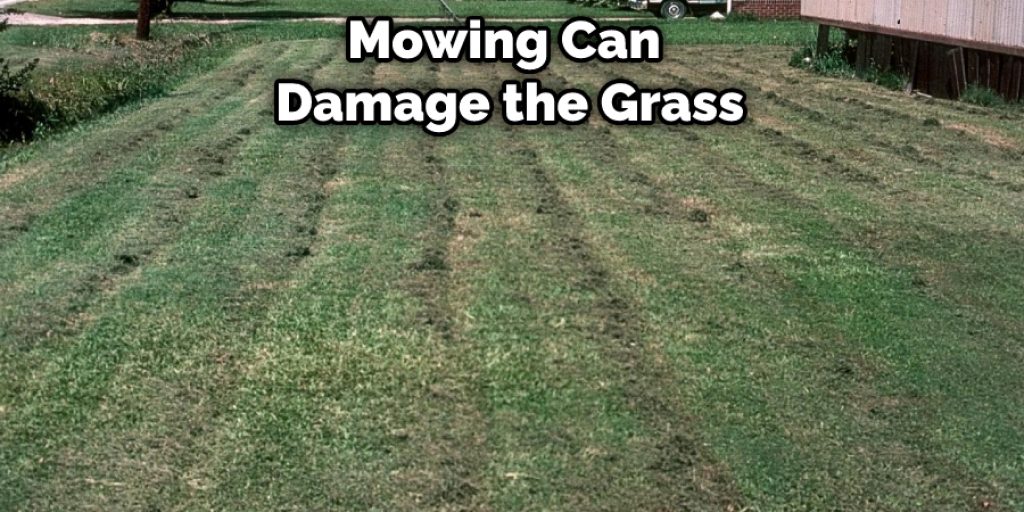
Technique 8: Aerate the Soil
Aerating the soil will help to improve drainage and make it easier for the roots of the grass to grow. This is especially important if your lawn is compacted. You can aerate the soil with a hand-held aerator or hire a professional to do it for you. Ensure the aeration is done in the spring or fall when the grass is growing actively.
Technique 9: Use Herbicides Carefully
If you do decide to use herbicides, be sure to use them carefully. Read and follow the label directions closely. Only use herbicides that are labeled for use on your particular grass species. And always remember that herbicides can harm people and pets, so use them with caution. If you don’t feel comfortable using herbicides, there are other ways to control weeds (see Technique 10).
Technique 10: Use Organic Methods
There are several organic methods that you can use to help regrow your grass. These include using things like vinegar, baking soda, and Borax. Before using them, research to ensure they won’t harm your grass. You can also talk to a professional landscape company about organic options for weed control. Otherwise, pulling weeds by hand is always an option, though it may be time-consuming.

Technique 11: Try a Professional Service
If you’ve tried all the above techniques and are still not seeing results, you may consider hiring a professional lawn care service. They will have the knowledge and experience to properly assess your lawn and determine the best course of action. But, again, this may be something you want to consider if you’re just not seeing the desired results.
One of the most important things to remember when regrowing grass after Roundup is being patient. It can take some time for the grass to start growing back, so don’t get discouraged if you don’t see results immediately. Instead, keep at it; eventually, you should see your grass return.
By following these techniques, you should be able to regrow grass after Roundup. Just be patient and give the Roundup time to work out of the soil. And be sure to take care of the newly seeded lawn so it can grow into a healthy, lush lawn.
You Can Check It Out To Make Grass Thicker and Fuller
When Can You Seed After Using Roundup?
The best time to seed your lawn is in the early fall, but you can seed the ground anytime it isn’t frozen. If you’ve used Roundup Weed & Grass Killer products and need to replant grass in the treated area, wait at least two days after application before seeding. Be sure to follow all product instructions and always read the product label before use.
Does Roundup Poison the Soil?
The good news is that Roundup does not poison the soil, so your grass should be able to grow back once the herbicide has dissipated. However, it is essential to note that Roundup will remain active in the soil for several weeks, so you will need to be careful not to replant anything during this time.
Once the herbicide has dissipated, you can help your grass to regrow by fertilizing and watering regularly. If the grass was ultimately killed off, you might also need to reseed your lawn. However, with a bit of care and attention, your lawn will be back to normal in no time!
Does Roundup Lose Its Effectiveness Over Time?
Roundup is a very effective weed killer but can lose some potency over time. So if you’re noticing that your Roundup isn’t working as well as it used to, there are a few things you can do to try and restore its effectiveness.
One option is to buy a new bottle of Roundup and see if that does the trick. However, if you’ve had your Roundup for a while, it’s possible that it has gone wrong and is no longer as effective as it once was.
Another option is to mix your Roundup recipe. Again, there are a few different recipes, but one popular option is to mix 1/2 gallon of white vinegar with 1/4 cup of salt and 1/2 teaspoon of dish soap. This mixture can be just as effective as the store-bought Roundup, but it may need to be applied more often.
If you’re still having trouble getting your Roundup to work, you can try using a grass seed mix designed to regrow grass after Roundup has been applied. These mixes usually contain a combination of grass seed, fertilizer, and mulch, which can help give your lawn a boost and encourage new growth.
Conclusion
Roundup is a herbicide that kills all plants, including grass. However, there are ways to regrow grass after Roundup. Act quickly because the longer you wait, the less likely your grass will recover. You can apply these roundup techniques to regrow grass on your lawn.
If you read the whole article, you now know how to regrow grass after roundup. If you have any questions, please leave a comment below, and I will be happy to answer them.

